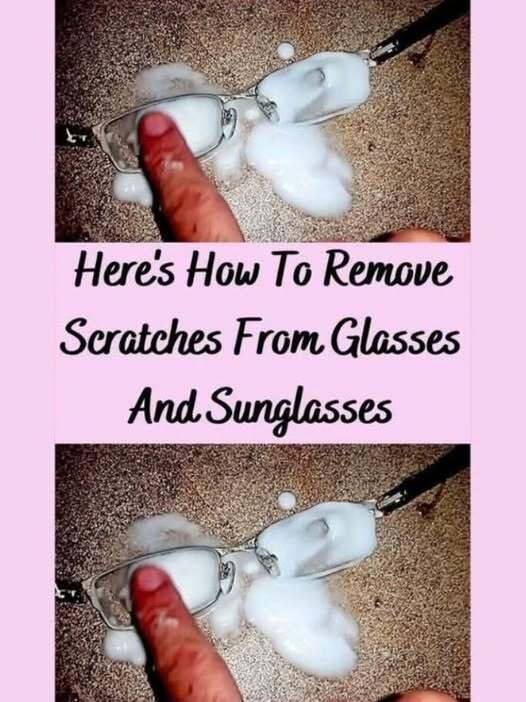ADVERTISEMENT
#### 4.4 **Glass and Mirrors**
Glass surfaces are highly susceptible to scratches, especially on items like mirrors, windows, and glass tabletops.
– **For Shallow Scratches**:
– **Toothpaste or Baking Soda**: Toothpaste is an excellent gentle abrasive that can work wonders on small scratches. Apply a small amount of toothpaste onto the scratch, rub gently with a microfiber cloth, and then wipe it off. Baking soda can be used in a similar way.
– **Glass Polish**: Special glass polishes are available that can help fill in minor scratches and restore the surface.
– **For Deeper Scratches**:
– **Glass Repair Kit**: If the scratch is deep, you may need a specialized glass repair kit. These kits come with tools and resins that can be used to fill in and smooth out deeper scratches.
– **Professional Glass Polishing**: For large, noticeable scratches, you may need to seek professional polishing or resurfacing services.
#### 4.5 **Cars and Vehicles**
Car scratches are among the most common issues people face with their vehicles, whether from parking lot dings, road debris, or accidents.
– **For Minor Scratches**:
– **Polishing Compound**: Polishing compounds or scratch removers designed for cars are effective in removing light surface scratches. Simply apply a small amount to a cloth and rub it gently over the scratched area.
– **Touch-up Paint**: If the scratch exposes the car’s base color, touch-up paint can help restore the appearance. It’s important to match the paint exactly to your car’s color code.
– **For Deeper Scratches**:
– **Resurfacing**: For deeper scratches, you may need to use sandpaper to smooth the area before applying a clear coat of paint. This may require professional help to ensure a smooth, seamless finish.
– **Professional Repair**: In some cases, it’s best to have the scratch repaired professionally, especially for large or deep scratches that affect the integrity of the vehicle’s paint.
—
### 5. **How to Prevent Scratches in the First Place**
While removing scratches is possible, prevention is always better than cure. Here are some practical tips to prevent scratches from happening in the first place:
– **Use Protective Coatings**: Apply
screen protectors on smartphones, use furniture protectors on wooden surfaces, and always use cases for your electronics.
– **Clean Regularly**: Regular cleaning helps prevent debris from accumulating and causing abrasions on surfaces.
– **Be Careful with Sharp Objects**: Avoid placing sharp or abrasive objects directly on surfaces that are prone to scratches.
—
### 6. **When to Seek Professional Help**
While many scratches can be addressed at home with the right materials, some scratches—particularly deep ones—require professional expertise. If you’re dealing with a very expensive item, like a luxury leather purse, a high-end vehicle, or a delicate piece of furniture, it’s often best to seek out professional repair services to avoid making the problem worse.
—
### 7. **Conclusion: Mastering the Art of Scratch Removal**
Scratches are an inevitable part of life, but with the right tools and techniques, you can remove or at least minimize their appearance on almost any material. Whether you’re tackling light scratches on your smartphone or deep gouges in your wooden furniture, the key is knowing which methods to use for each specific material.
By understanding the causes of scratches, learning how to address them, and taking steps to prevent future damage, you can keep your belongings looking as good as new. And remember, sometimes the best way to remove a scratch might be a combination of techniques, depending on how deep it goes and what material is affected.
With patience and the right knowledge, you’ll find that scratches don’t have to be permanent reminders of past accidents—there are ways to restore and protect your belongings for years to come.
